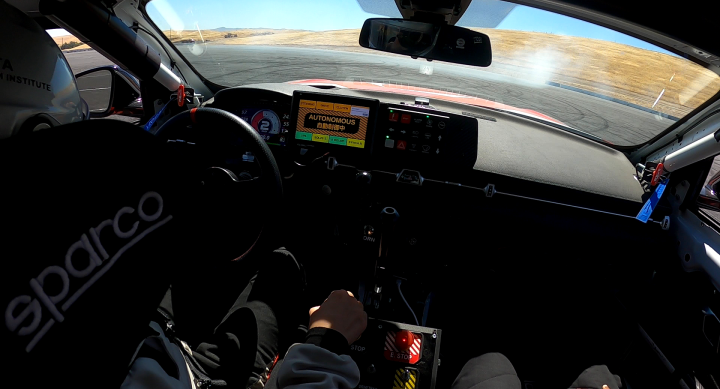
Near the limits of adhesion, the forces generated by a tire are nonlinear and intricately coupled. Efficient and accurate modeling in this region could improve safety, especially in emergency situations where high forces are required. To this end, we propose a novel family of tire force models based on neural ordinary differential equations and a neural-ExpTanh parameterization. These models are designed to satisfy physically insightful assumptions while also having sufficient fidelity to capture higher-order effects directly from vehicle state measurements. They are used as drop-in replacements for an analytical brush tire model in an existing nonlinear model predictive control framework. Experiments with a customized Toyota Supra show that scarce amounts of driving data—less than 3 minutes— is sufficient to achieve high-performance autonomous drifting on various trajectories with speeds up to 45 miles per hour. Comparisons with the benchmark model show a 4x improvement in tracking performance, smoother control inputs, and faster and more consistent computation time.

